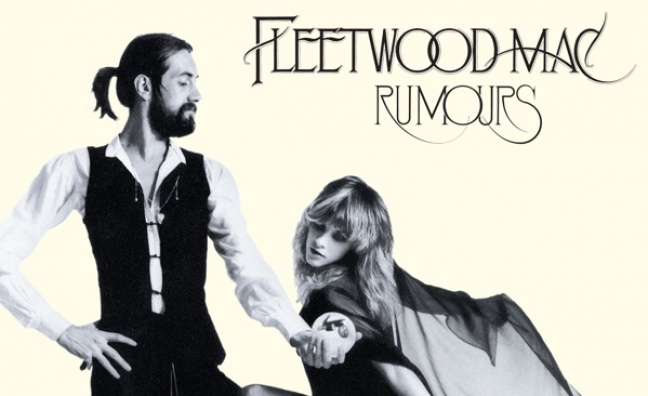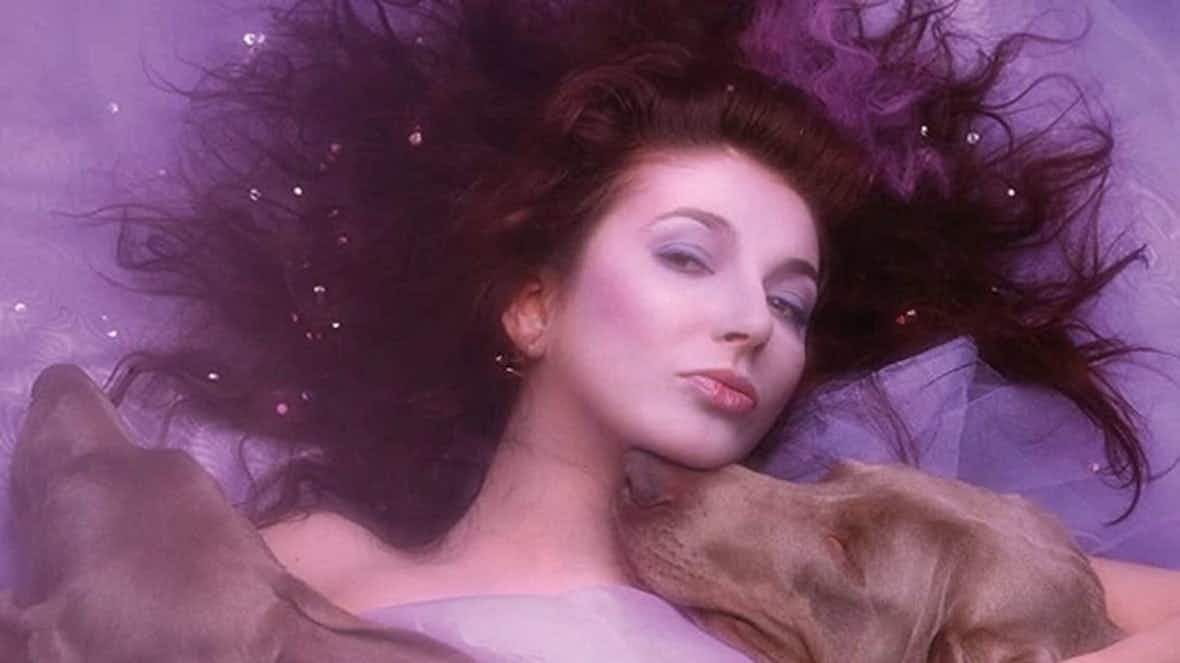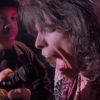In recent years, older songs have been making a remarkable comeback on music charts worldwide. Tracks from decades past are resurging, sometimes outperforming new releases. This phenomenon isn’t just nostalgia—it’s a shift driven by digital platforms, viral trends, and shifting listener habits. Songs that once topped the charts in the ‘70s, ‘80s, or ‘90s are now gaining millions of new listeners, proving that great music never truly fades away.
Streaming services, social media, and pop culture have all played a role in this resurgence. From TikTok trends to movie soundtracks, several key factors are breathing new life into timeless hits. So, why exactly are these older songs making such a strong comeback? Here are four major reasons behind this intriguing musical revival.
1. The Power of Streaming and Playlists
The rise of music streaming platforms like Spotify, Apple Music, and YouTube has significantly contributed to the resurgence of older songs. Unlike traditional radio, where stations prioritize new releases, streaming platforms allow users to explore music from any era.
Curated playlists, such as “Throwback Hits” or “Timeless Classics,” introduce younger audiences to songs they might never have encountered otherwise. Additionally, algorithm-driven recommendations expose listeners to music based on their tastes, often bringing older tracks back into the spotlight. When a song gains traction on these platforms, it can quickly climb the charts again, sometimes decades after its initial release.
2. The Impact of Social Media and Viral Trends
Social media, particularly TikTok, has played a crucial role in reviving older songs. Viral challenges, dance trends, and meme culture have the power to transform forgotten hits into global sensations.
For instance, Fleetwood Mac’s “Dreams” saw a massive resurgence in 2020 after a TikTok user posted a video skateboarding to the song while drinking cranberry juice. The clip went viral, leading to millions of new streams and even a return to the Billboard Hot 100. Similar trends have reignited interest in numerous classics, proving that a well-timed social media moment can catapult an old hit back into mainstream popularity.

3. Movie and TV Soundtracks Driving Nostalgia
Films and television series often play a key role in bringing older songs back into the limelight. When a beloved song is featured in a blockbuster movie or hit TV show, it sparks renewed interest from both older fans and younger viewers discovering it for the first time.
A prime example is Kate Bush’s “Running Up That Hill,” which soared up the charts in 2022 after being prominently featured in Stranger Things. Similar revivals have happened with songs in Guardians of the Galaxy, Bohemian Rhapsody, and other high-profile productions. These placements create a strong emotional connection, making audiences more likely to stream and purchase the songs, leading to their resurgence on the charts.

4. Shifts in Listener Demographics and Preferences
Music consumption habits are evolving, with more people seeking familiar sounds over modern trends. Nostalgia plays a powerful role in this shift, as listeners find comfort in songs they grew up with or associate with significant life moments.
Additionally, Gen Z listeners—who weren’t around when many of these songs were first released—are showing an increasing appreciation for older music. They often gravitate toward classic rock, 80s synth-pop, or 90s R&B because of their timeless appeal and authenticity. With instant access to decades of music history at their fingertips, younger audiences are shaping a more diverse and dynamic musical terrain, allowing older songs to remain relevant.


